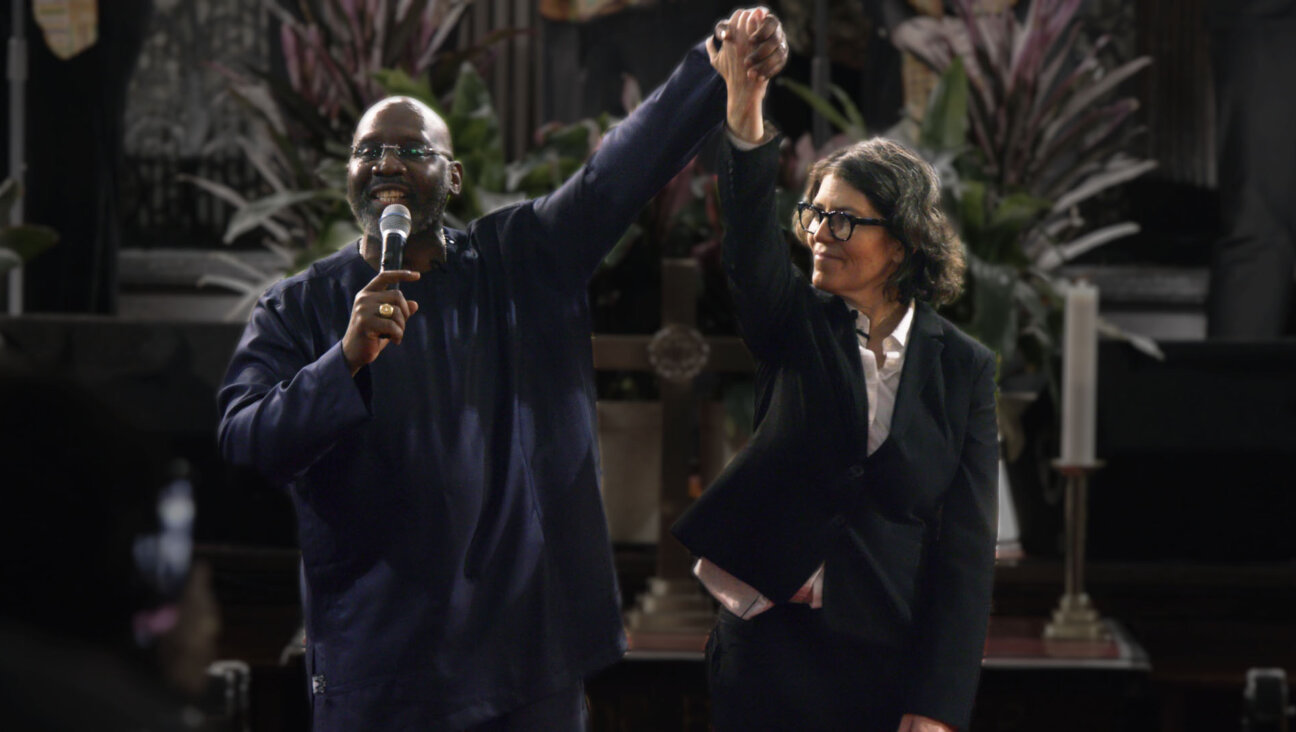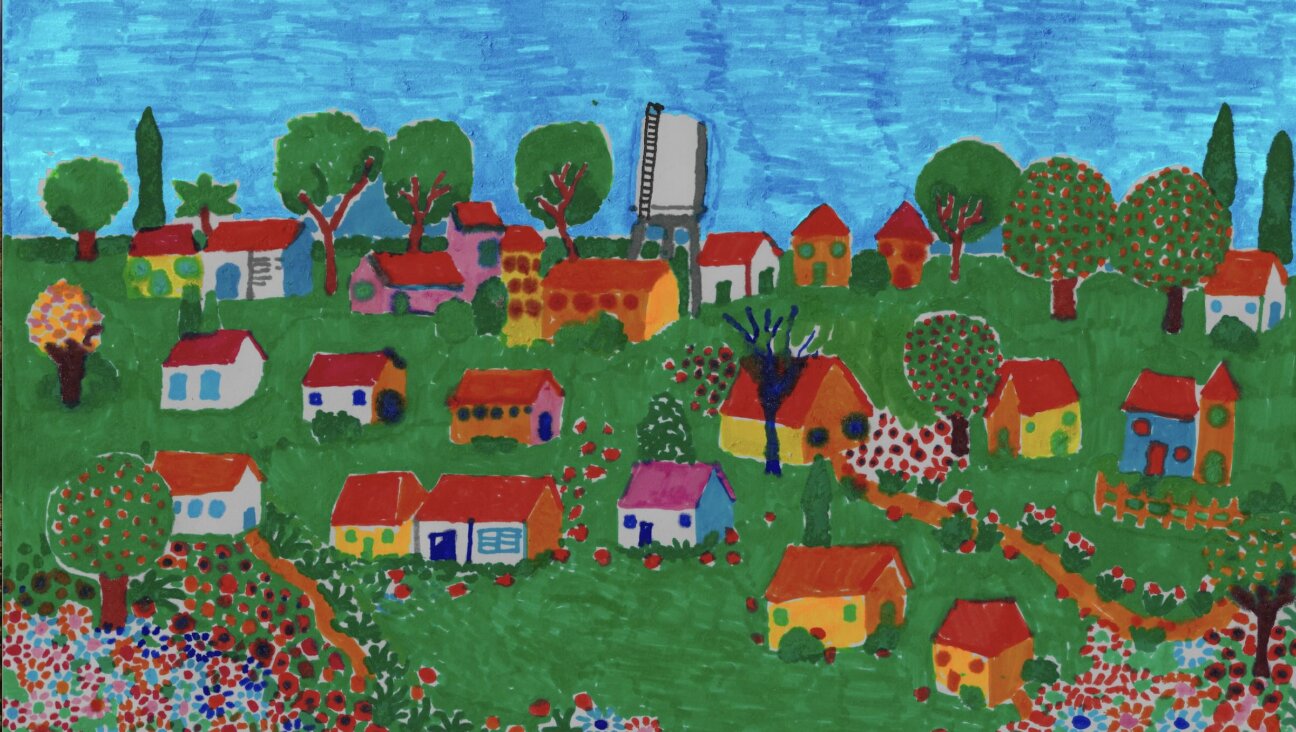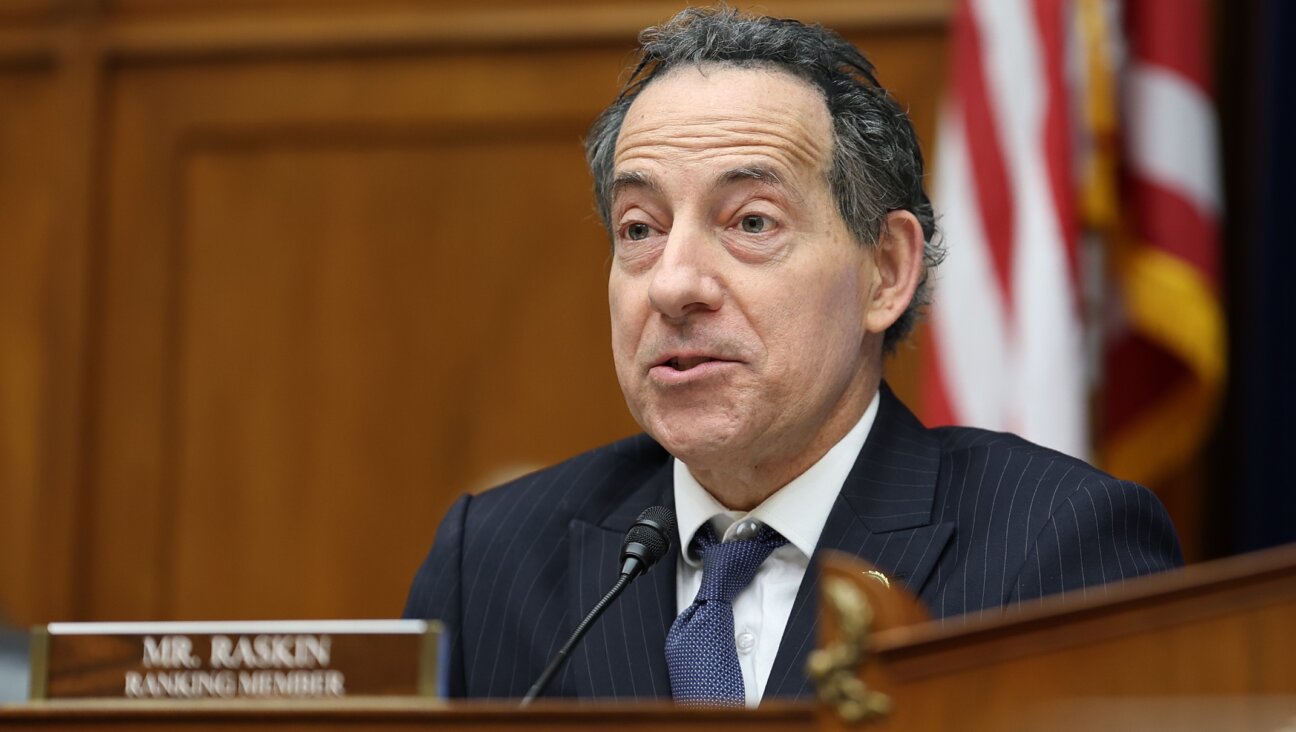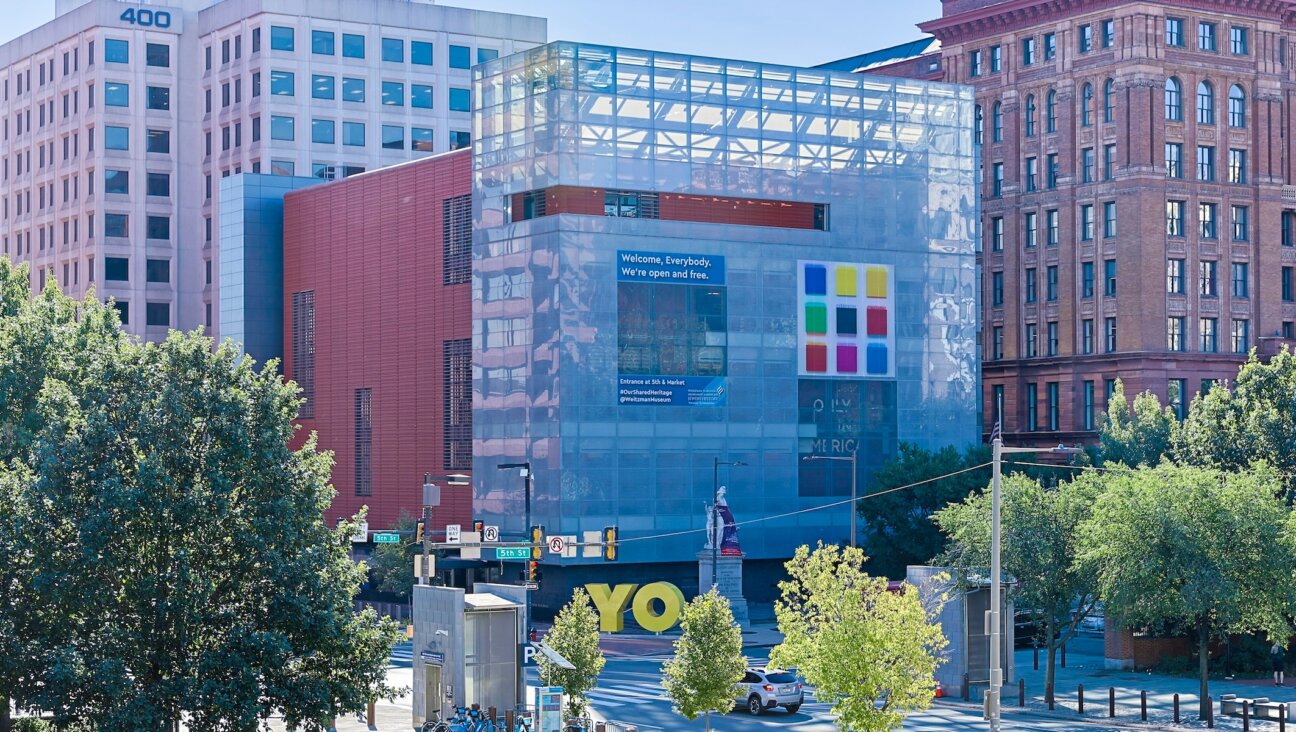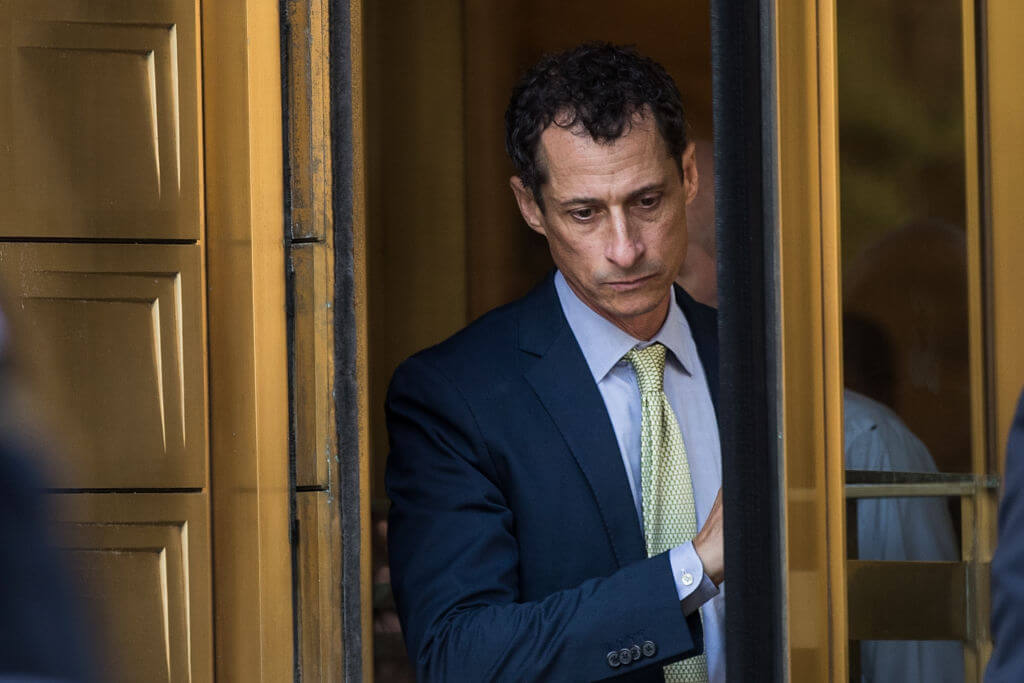These Are The All-Time Best Jewish Moments In Movies And On TV

Hester Street Image by YouTube
Most Accurate Wedding Sequence:
“Have Gun Will Travel,” ‘A Drop of Blood’ 1961
The length and accuracy of this scene is owed entirely to Shimon Wincelberg, a long-time Hollywood television scriptwriter who worked on everything from “Star Trek” to “Law and Order.” His melodious Ashkenazi chanting is dubbed over the actor’s in this scene—his only speaking role in his many decades in the industry.
Most Accurate Divorce Sequence:
“Hester Street” 1975
The scene conducted in a mixture of Yiddish and Hebrew, is one of the best extended depictions of Jewish ritual ever to appear on the silver screen. The film was inducted into the Library of Congress National Film Registry for its historical significance.
Best Use of Jewish Ritual in a Movie about Aliens:
‘Shema Koleinu,’ “Independence Day” 1996
Jewish ritual is surprisingly frequent in the genre. See also: Hanukkah and shiva rituals on “Babylon 5.”
First appearance of Jewish ritual in an X-Rated film (probably):
“Fritz the Cat” 1972
Adapted from the Robert Crumb comic strip, synagogue services make a brief appearance. Skeptical of prayer, the movie depicts all the congregants identically: as old dogs in prayer shawls.
Oldest Prayer to Appear on TV:
Priestly Blessing, in “Mad Men,” ‘Tea Leaves’ 2012
Michael Ginsberg, the anxiety-ridden Jewish character, makes his debut in this episode. The prayer, which is given by kohanim to congregations and parents to children, is sprung on Ginsberg by his Holocaust-survivor father in a moment of tenderness.
Best Use of Aramaic:
“Raiders of the Lost Ark” 1981
“Berikh Shmei” is traditionally recited when the ark is opened on synagogue mornings. The Lost Ark is opened to excerpts from this prayer—with decidedly more gruesome results.
Most frequently depicted Jewish ritual:
Kaddish. This ritual is, by leaps and bounds, the most commonly depicted. Unlike the real-life version, the Kaddish of television and movies is almost never said together with other Jews, or anyone else at all.
A message from our Publisher & CEO Rachel Fishman Feddersen

I hope you appreciated this article. Before you go, I’d like to ask you to please support the Forward’s award-winning, nonprofit journalism during this critical time.
We’ve set a goal to raise $260,000 by December 31. That’s an ambitious goal, but one that will give us the resources we need to invest in the high quality news, opinion, analysis and cultural coverage that isn’t available anywhere else.
If you feel inspired to make an impact, now is the time to give something back. Join us as a member at your most generous level.
— Rachel Fishman Feddersen, Publisher and CEO









